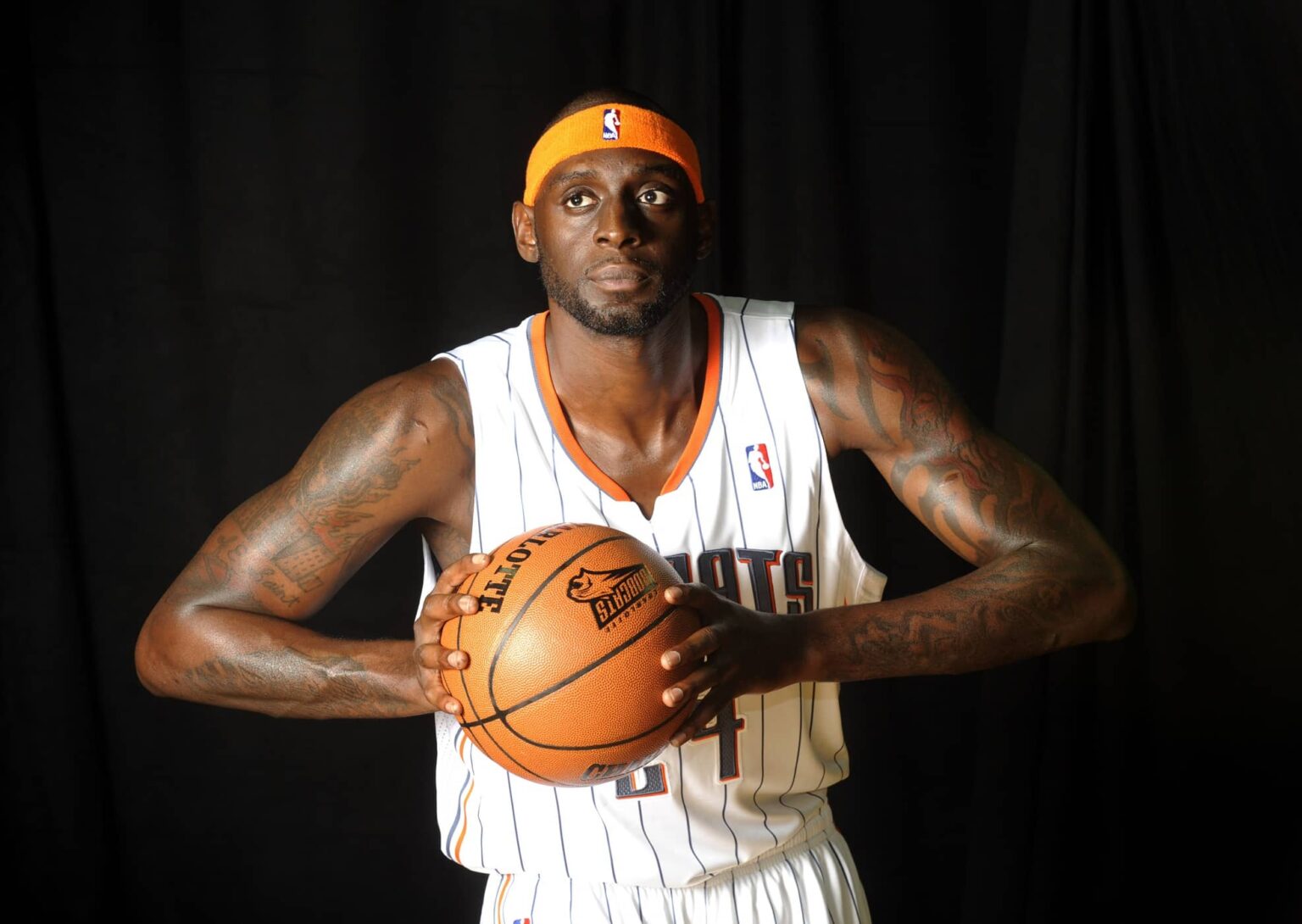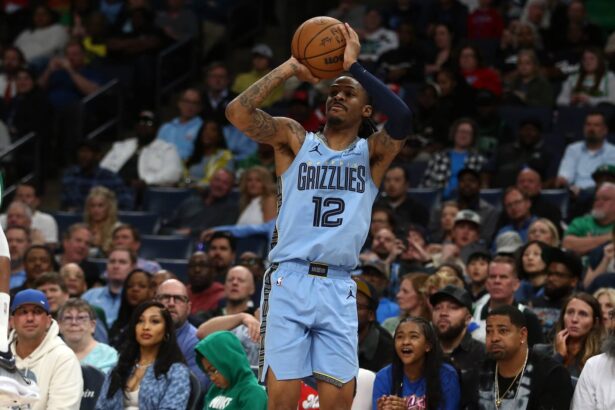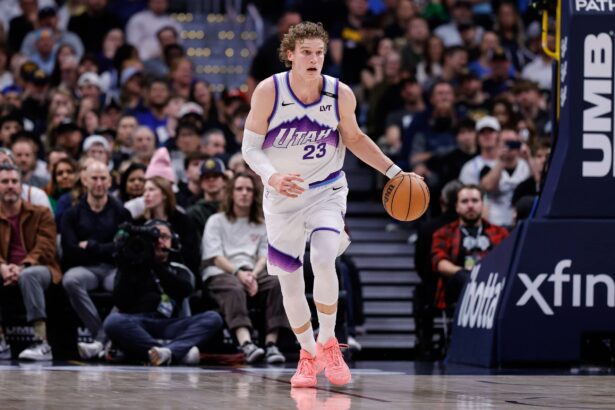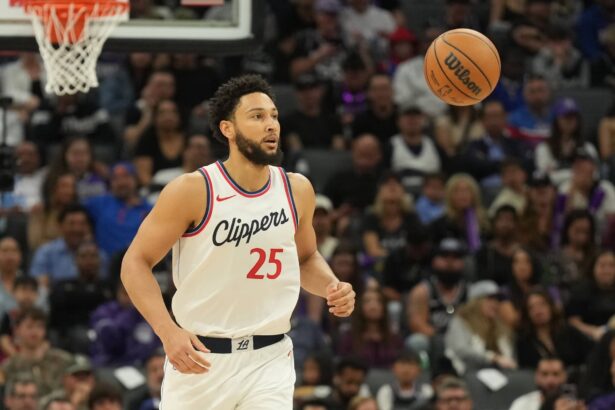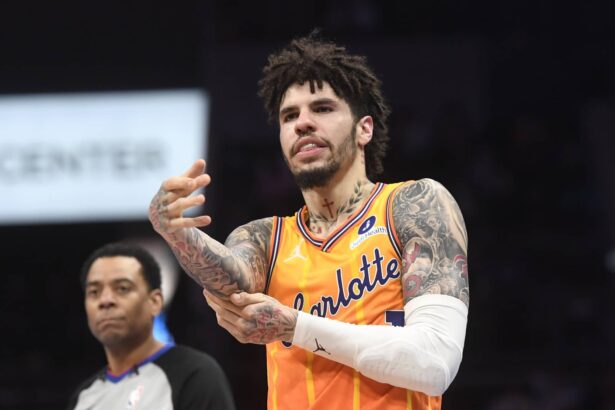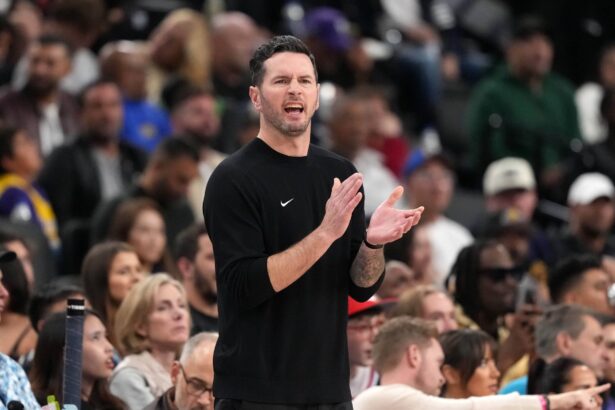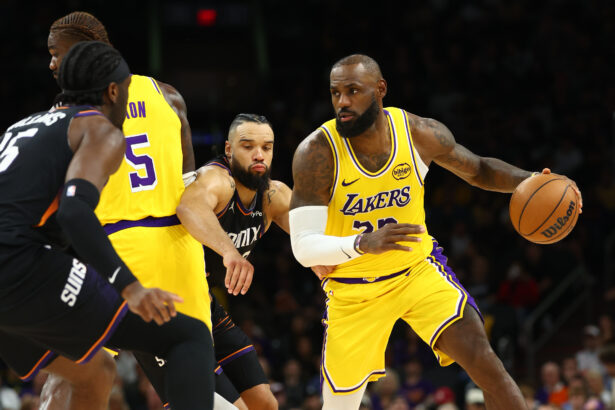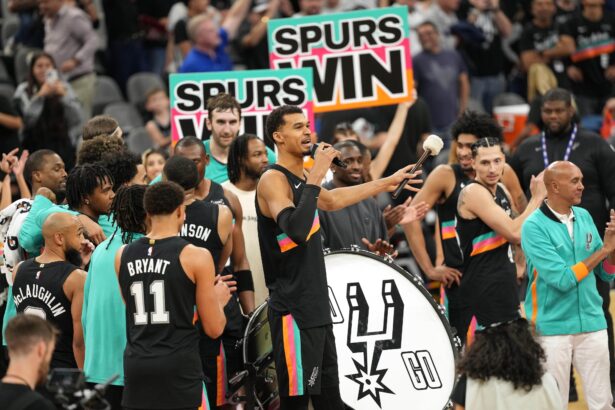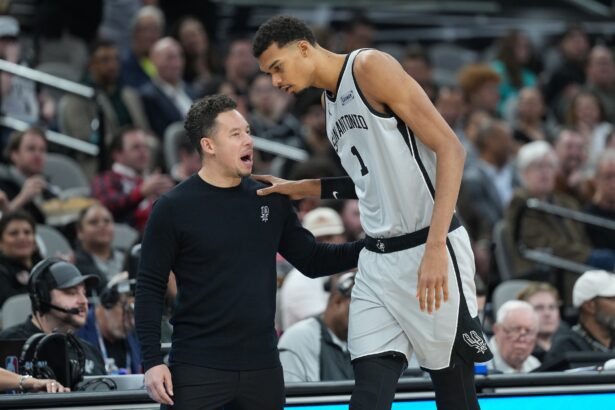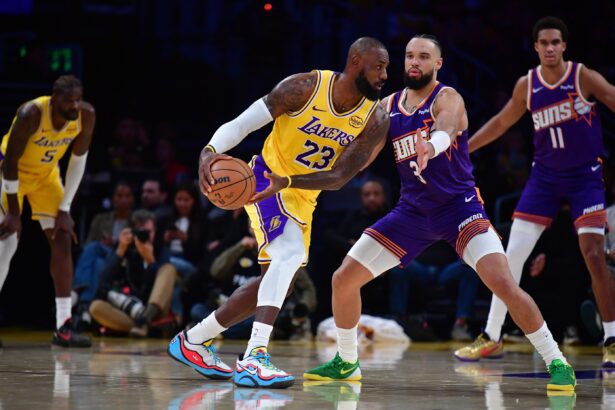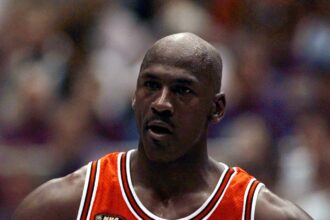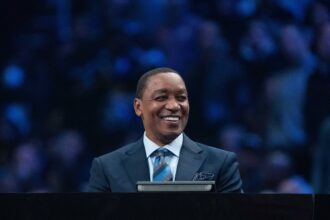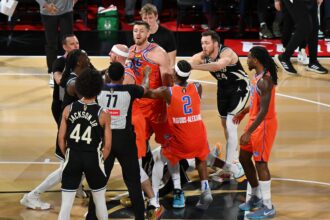Darius Miles recently shared an eye-opening story about his early financial experiences in the NBA, revealing that he had never stepped foot in a bank until his fourth season in the league. During an episode of the Out Of The Mud podcast, Miles discussed how his upbringing and lack of financial literacy influenced the way he handled money during his early years as a professional athlete.
“Zebo asked me for some bread when I got to the league, and I wanted to give it to him, but I couldn’t—because I had never even been in a bank before.”
“Let me tell you how I used to spend my money. I had a credit card that I could just swipe for anything. My mom gave me a bank card, and she was like, ‘You put this code in, you can get $300 out a day.’”
“So basically, every day or every other day, if I needed some cash, I’d go and get $300 out of the ATM.”
“Any other money I spent, I swiped on the card. “I didn’t go into a bank until like my third year—until I got to Cleveland and realized, like, damn, I got like $800,000 in that bit. You spending $300 a day, you know what I’m saying? “Coming from the hood, you never was taught to go in the bank. We got shoebox money.”
This revelation highlights a common issue among young professional athletes, particularly those who come from underprivileged backgrounds.
Many enter the league with little to no financial education, and despite suddenly earning millions, they lack the necessary tools to properly manage their wealth. This often leads to reckless spending habits, poor investments, and, in many cases, financial instability after retirement.
Miles’ story serves as a cautionary tale for rising athletes about the importance of financial literacy. It also sheds light on the broader issue of money management among young players who suddenly find themselves with immense wealth but no guidance on how to sustain it.
This financial mismanagement ultimately cost Miles dearly. Despite earning approximately $62 million during his NBA career, Miles filed for bankruptcy in 2016, just eight years after playing his final NBA game. He later detailed in an essay for The Player’s Tribune that his bankruptcy wasn’t the result of extravagant spending on luxury cars or flashy items.
Instead, he attributed his financial ruin to poor investments, failed business ventures, and trusting the wrong people with his finances. Miles highlighted how quickly substantial wealth could vanish through bad real estate deals, risky investments, and ill-advised partnerships—mistakes that quickly eclipsed his earnings.
One notable misstep involved a failed 2008 real estate investment in California, where Miles reportedly lost more than $100,000. He also faced substantial debt, including nearly $300,000 owed to the IRS and overdue child support.
Beyond these individual debts, Miles was part of an investment group alongside NFL legend Marshall Faulk and rapper Nelly, which resulted in multimillion-dollar lawsuits stemming from another ill-fated real estate deal in St. Louis.
Miles’ financial downfall was compounded by personal tragedies and emotional struggles. Following his mother’s death from cancer in 2013, he battled severe depression, exacerbating his financial vulnerability. By 2016, Miles was forced into an auction of personal belongings—including sports memorabilia, firearms, video games, and an autographed LeBron James jersey—simply to settle debts.
Had Miles received guidance from financial advisors from the start, he may have been able to make better-informed decisions regarding his wealth. His story is a testament to the importance of financial literacy, especially for athletes who go from having very little to earning millions overnight.
Thank you for being a valued reader of Fadeaway World. If you liked this article, please consider following us on Google News. We really appreciate your support.

